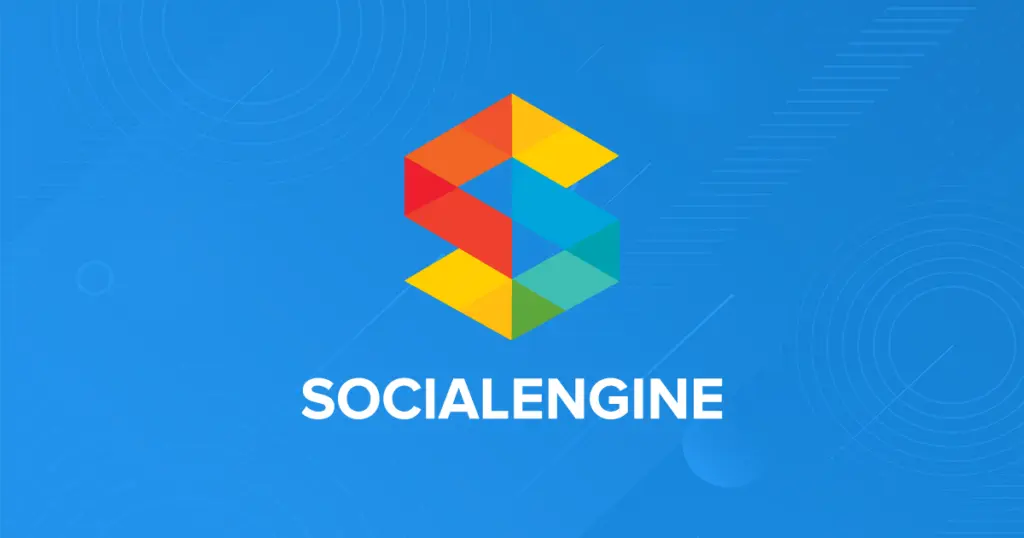
From traditional fundraising and peer-to-peer loans to the emerging models of consumer-to-business and marketplace loans, the potential of crowdfunding is seemingly limitless.
A Needs Business
Crowdfunding can be thought of, simply, as the process of pooling funds together to support a cause, creative project, or even a product. While this idea is not new it certainly has been scaled to fit current needs. It is, in fact, a “needs” business. The industry was born out of necessity following the 2008 economic collapse when heightened restrictions in the financial sector made traditional loan vehicles more difficult to obtain.
Expanding the Scope to the Business Sector
The relatively new and innovative models of crowdfunding and peer-to-peer lending have led to explosive growth in the US over the last several years increasing the number of platforms, from 191 to 375. Globally, the numbers are much higher. The marketplace has taken notice and many sites are now beginning their foray into business sectors.
Mitigating Risk
When crowdfunding a business, experts mitigate higher risks by leveraging certain assets, making investing in a business attractive even to novice crowdfunders. This may be accomplished by trading or purchasing invoices and other equity-based transaction models. Many crowdfunding websites use new forms of data aggregation, in proprietary ways to discover the creditworthiness of applicants, further reducing monetary risks to funders.
Exciting Potential
For some, raising capital for a startup or being an important early investor in a creative endeavor is more about the thrill than the return. However, as crowdfunding sites learn to meld the altruistic experience with profit potential, more investors are in this burgeoning industry.
That about wraps it up for today. If you are feeling inspired to build your community, we encourage you to check out SocialEngine. We’ll do all the hard stuff so you can focus on building a community.



